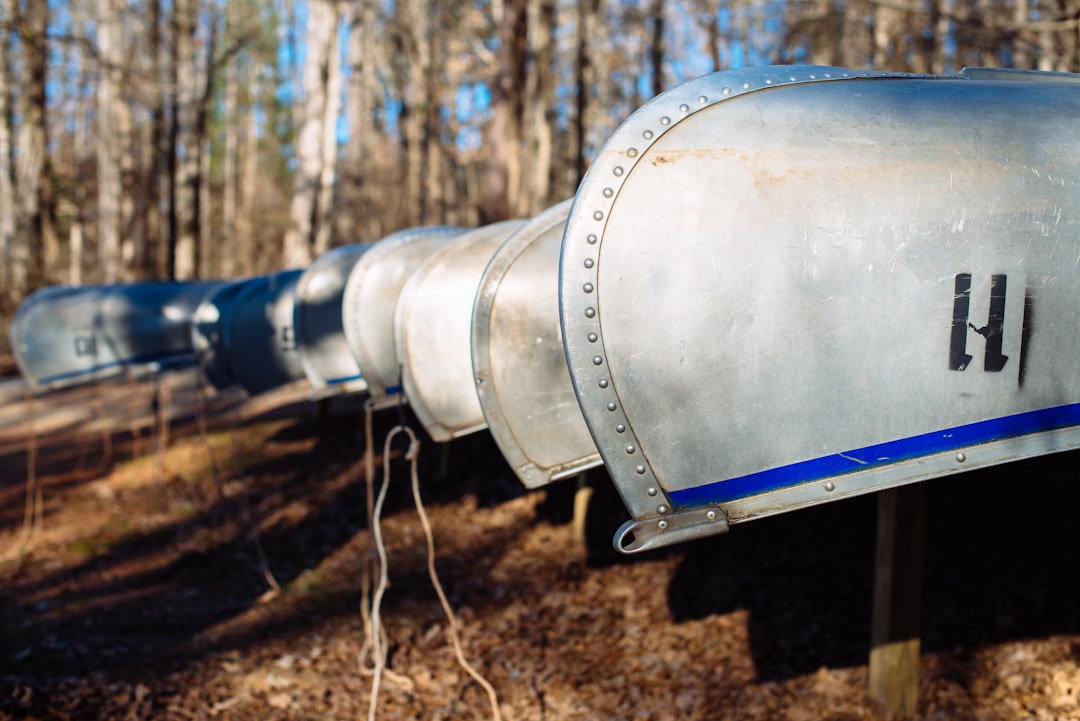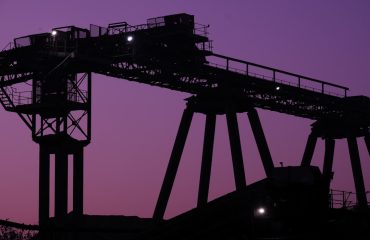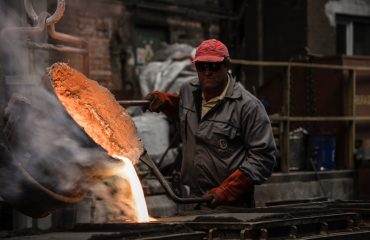The safe and efficient transportation of natural gas relies heavily on the integrity of the pipelines. Corrosion is a significant threat to pipeline longevity and safety, leading to leaks, explosions, and environmental damage. To combat this, various protective coatings are applied to pipes, with epoxy (EP), polypropylene (PP), and polyethylene (PE) coatings being prominent choices. This article delves into the specifics of each coating, exploring their properties, applications, and the advantages they offer for gas pipeline applications.
Understanding the Need for Coated Pipes in Gas Pipelines
Gas pipelines are often buried underground or submerged underwater, exposing them to harsh environmental conditions. These conditions include:
- Soil corrosion: Acidic soils, electrochemical reactions, and the presence of microorganisms can accelerate pipe corrosion.
- Water ingress: Groundwater can penetrate the pipe, leading to internal corrosion and reduced lifespan.
- Mechanical damage: During installation or due to external forces, the pipe can suffer scratches and damage, compromising its integrity.
- Microbiological Influenced Corrosion (MIC): Certain bacteria thrive in the presence of moisture and can accelerate the corrosion process.
Coated pipes provide a barrier against these threats, extending the pipeline’s operational life and ensuring its safety. The selection of the appropriate coating depends on factors such as the soil type, pipeline location, and operational pressure.
Epoxy (EP) Coated Pipes: A Robust Solution
Epoxy coatings are known for their excellent adhesion, chemical resistance, and mechanical strength. They form a hard, protective layer that effectively prevents corrosion. EP coatings are typically applied using a fusion-bonded epoxy (FBE) process, where the epoxy powder is electrostatically sprayed onto the pipe and then cured in a furnace. This creates a uniform, seamless coating.
Advantages of EP coatings:
- High mechanical strength and impact resistance
- Excellent adhesion to the pipe surface
- Good resistance to chemicals and solvents
- Relatively low permeability to water and gases
- Suitable for high-pressure applications
Disadvantages of EP coatings:
- Can be brittle and susceptible to cracking under stress
- Requires careful surface preparation before application
- Application process can be complex and requires specialized equipment
Polyethylene (PE) Coated Pipes: Flexibility and Durability
Polyethylene (PE) coatings offer excellent flexibility and resistance to stress cracking. They are applied using extrusion or fusion bonding methods, resulting in a smooth, continuous coating. PE coatings are commonly used for pipelines operating under lower pressures and in less aggressive environments.
Advantages of PE coatings:
- High flexibility and resistance to stress cracking
- Good resistance to abrasion and impact
- Excellent chemical resistance
- Relatively easy and cost-effective to apply
- Suitable for a wide range of applications
Disadvantages of PE coatings:
- Lower mechanical strength compared to EP coatings
- Can be susceptible to UV degradation if exposed to sunlight
- May not be suitable for high-pressure or high-temperature applications
Polypropylene (PP) Coated Pipes: A Versatile Option
Polypropylene (PP) coatings provide a good balance between flexibility, strength, and chemical resistance. They are often applied using extrusion or powder coating methods. PP coatings are a suitable choice for applications where moderate chemical resistance and flexibility are required.
Advantages of PP coatings:
- Good flexibility and impact resistance
- Excellent chemical resistance to many acids and alkalis
- Relatively lightweight and easy to handle
- Suitable for a range of operating temperatures
Disadvantages of PP coatings:
- Lower resistance to UV degradation compared to PE
- May not be as robust as EP coatings for high-pressure applications
- Adhesion to the pipe surface can be a concern if not properly prepared
Choosing the Right Coating for Your Gas Pipeline Project
The selection of the appropriate coating depends on several factors, including:
- Pipeline diameter and wall thickness: Larger diameter pipes may require coatings with higher mechanical strength.
- Operating pressure and temperature: High-pressure applications necessitate coatings with excellent pressure resistance.
- Soil conditions: Aggressive soils require coatings with superior corrosion resistance.
- Environmental regulations: Compliance with environmental regulations is crucial in selecting a suitable coating.
- Cost considerations: The cost of the coating material and application process should be factored into the decision.
A thorough risk assessment and consultation with experienced engineers are essential to ensure the selection of the most appropriate coating for a given gas pipeline project.
In conclusion, the choice between EP, PP, and PE coated pipes for gas pipelines is a crucial decision impacting safety, longevity, and cost-effectiveness. Careful consideration of the specific project requirements is vital to ensure the selection of the most suitable and reliable solution.
Tags: EP coated pipes, PP coated pipes, PE coated pipes, gas pipeline coating, pipeline corrosion protection




